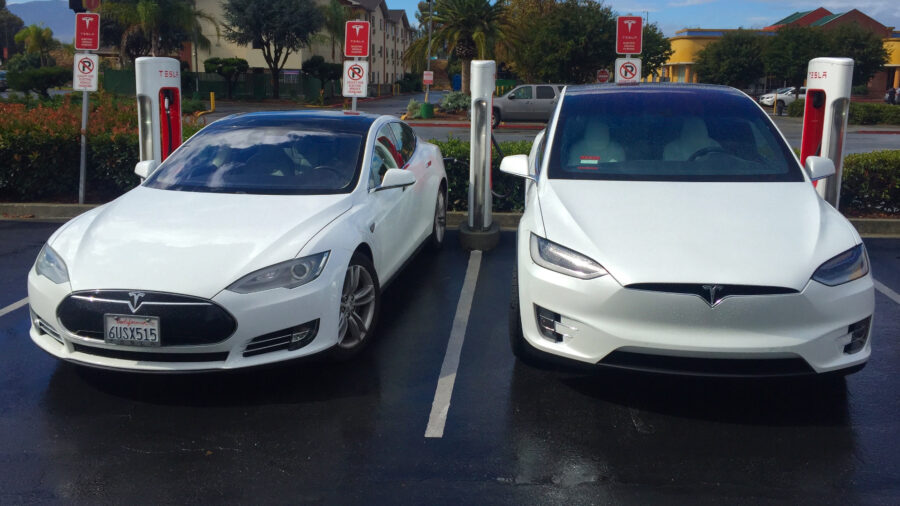Flat Pack Cars Are Now A Thing As The Future Keeps Getting Weirder

Sweden is already known for producing a number of space-saving and easy-to-pack items, including desks, bed frames, and all other household objects through companies such as IKEA. Now, according to a write-up in CNN, a Stockholm-based startup is preparing to release a flat pack car. This taught automobile touts an electric drive range of 62 miles on a single charge and is expected to roll out onto narrow European streets as early as 2024.
Swedish company Luvly has developed an electric microcar that can be shipped in flat packages.
The flat pack car is being made by a company called Luvly, which set out to create a microcar that is affordable and cheap to produce. The result is the stunningly compact Luvly O model, weighing in at just under 1,000 pounds and containing only two seats. The engineering and design teams have stated in interviews with the press that they took explicit inspiration from companies such as IKEA, which are widely known for producing sturdy yet inexpensive furniture items that can be assembled at home.
To that end, the one element preventing the startup from sending these teeny-tiny flat pack cars out onto the market right away is the assembly. As it currently stands, the Luvly O has been designed to be shipped to consumers via truck bed and assembled at home, though automobile regulations state that the car will need to be assembled by a certified car plant before reaching consumers directly.
We can’t drive the The Luvly O flat pack car due to a top speed of 55 MPH.
This is frustrating to consider at first, but ultimately it does make perfect sense. After all, the worst thing that could happen to an IKEA customer who poorly assembles a bed frame with shoddy tools is a 2-foot drop when the particle board cracks and a potential noise complaint from the downstairs neighbors. If a street-legal automobile such as the flat pack car loses a few screws in the middle of the Autobahn, there could be significant, even life-threatening repercussions for motorists of all shapes and sizes.

Of course, the microcars likely wouldn’t be seeing a ton of major highway action to begin with, as the Luvly O is said to have a top speed of only 55 miles per hour. The flat-pack car also touts a swappable battery casing, allowing users to travel in 62-mile increments while charging a backup battery before needing to stop and swap a new battery in. While safety is of the utmost importance to the engineers at Luvly, the company’s CEO has compared the vehicle to a scooter with a shell on it, making it best for low-stakes car travel such as residential traversal.
Just like IKEA furniture, the flat pack Luvly O can only be assembled by a team of engineers.
The machine’s frame is made from a plastic foam molded to a sheet of padded aluminum, which the Luvly team has confidently stated will absorb collisions on par with that of a normal-sized vehicle. When the flat-pack cars do finally make their way onto the street, they’ll be expected to ring in at roughly $10,500, making them highly affordable within the new car market while still struggling to compare to the price of a 2009 Toyota Tacoma. While it isn’t likely that the Luvly O corners the car market in your neighborhood any time soon, the flat pack technology may soon be catching on.











